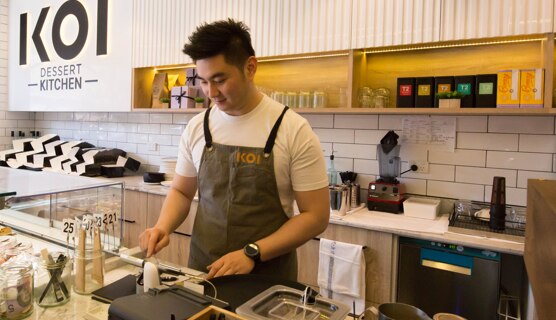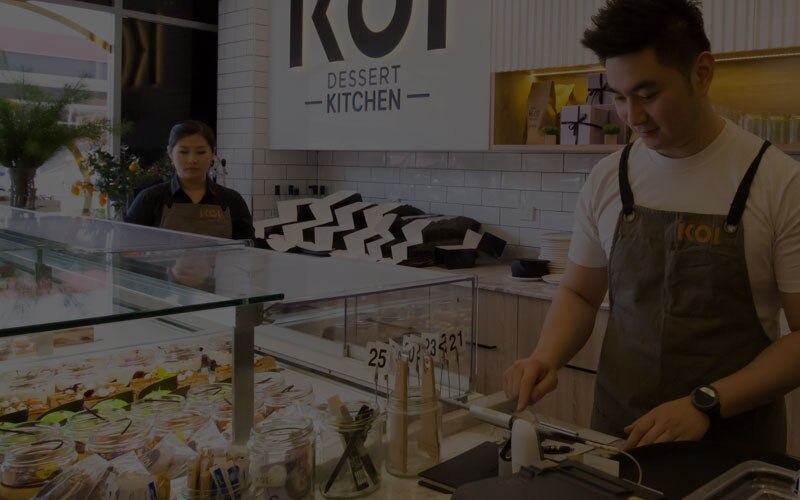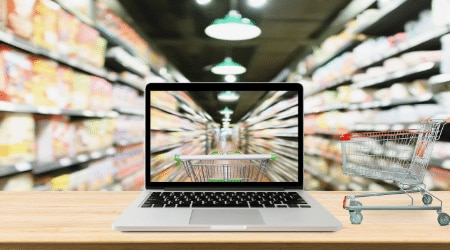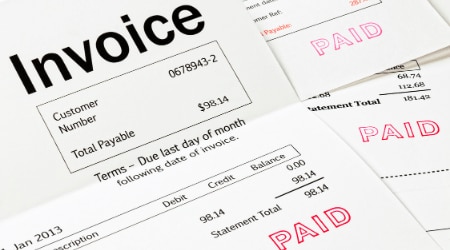What VAT Is & How It Works
Before a business can sell its product to a customer, it needs to be completely sure that it’s ready to begin selling. That’s where the production stage comes in: products and goods need to go through production to gain value during each step of the way.
Products gain a little bit of value at each stage of their manufacturing process, all the way from their initial point of production to their final point of sale. It’s no wonder, then, that some countries choose to collect a tax from a product at each manufacturing stage. That tax is called a VAT (Value-Added Tax), which taxes the value of a product or good at every point along its production stage.
All this to say that VAT isn’t taxed on streams of income, like a traditional income tax. Instead, VAT taxes the consumption of products sold domestically and applies to all product transactions that take place in a certain country. To understand the way VAT works, let’s take a look at a quick example of how VAT applies to goods and services.
Let’s say that a company that manufactures car parts buys raw materials for $11, which includes a 10% VAT ($1 out of $11). Then the raw materials are processed into parts which are later bought by an assembly company at $20 plus 10% VAT for a total cost of $22. Since the cost for the raw materials was including VAT ($1) then the assembly company will only pay the government $1 (their VAT is $2 but since they have already paid the manufacturing company a $1 VAT, this value gets deducted from the amount they would need to pay).
Let’s say Company A, a car parts manufacturer, buys raw materials for $10 + 10% VAT for a total cost of $11. The raw materials are then processed into parts which are later bought by Company B, an assembly company at $20 plus 10% VAT for a total cost of $22. Since the cost for the raw materials included $1 VAT, Company B will only pay the government $1 (their VAT is $2 but since they have already paid Company A $1 VAT, this value gets deducted from the amount they would need to pay).
1. Let’s say that a company that manufactures toy car parts buys raw materials for $11, which includes a 10% VAT.
Raw Materials = $11 → VAT Rate 10% → VAT paid to the government = $1
2. Then, the manufacturing company processes these raw materials into parts which are then bought by an assembly company at $22 (Since the cost includes a 10% VAT rate, the price for the parts is $20 + $2 VAT for a total).
Parts = $22 → VAT Rate 10% → VAT value that needs to be paid to the government = $2
However, since during the manufacturing process the manufacturing company added a $1 VAT to the parts’ value, then the assembly company will deduct this from the amount they would need to pay in VAT.
VAT value that the assembly company needs to pay the government = $2 → Assembly company has paid $1 in the parts price (VAT included by manufacturers) → $2 – $1 = $1 → The assembly company would need to pay $1 in VAT to the government.
This process repeats until it is passed on to the final buyer of the goods, who will be paying the sum of the VAT paid by the other buyers through the different production stages.













